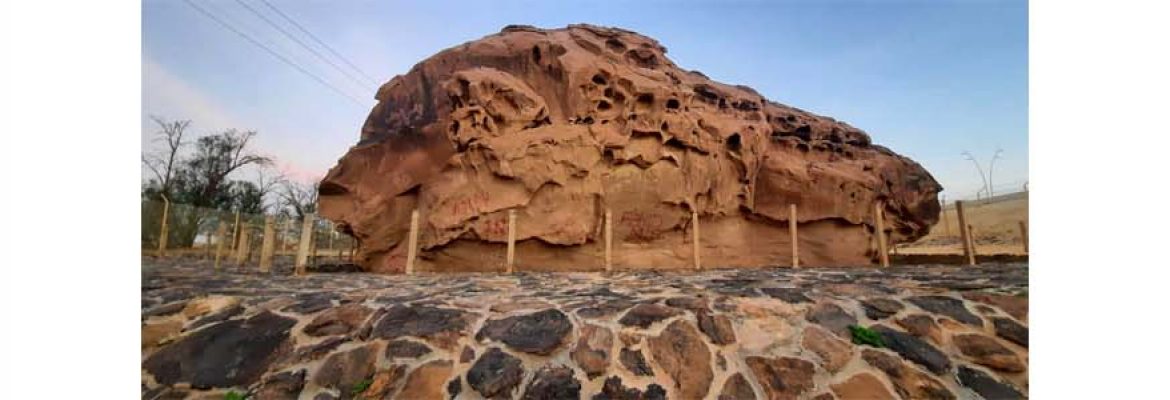Uyun Al Jawa Ancient Oasis
The name Uyun Al-Jiwa refers to both the governorate and its main city. The term literally translates to “the valley of ponds” and it derives from the water ponds which used to surround the area. It is most famous for the past societies which used to live in the area and its ancient historic sites. People of Al Jiwa are distinguished from other people in Qassim Province by their unique accent.
The name Uyun Al-Jiwa refers to both the governorate and its main city. The term literally translates to “the valley of ponds” and it derives from the water ponds which used to surround the area. It is most famous for the past societies which used to live in the area and its ancient historic sites. People of Al Jiwa are distinguished from other people in Qassim Province by their unique accent.
Human occupation is Uyun Al-Jiwa dates back at least to prehistoric times. This long lasting presence is attested by the Thamudic inscriptions carved on rocks of the area which are the oldest track let by humans found so far in the region. They are particularly found in Al-Hanadir, at 15 kilometers of the city of Uyun Al-Jiwa, and Hasat Al-Nusra (also known as Sakhrat Antarah).
The reputation of loyalty, honesty, and hard work reputation of people of Uyun Al-Jiwa and the historical importance of the oasis is attested in classical Arab poetry, especially in the Mu’allaqat, the collection of poems whose name means “the suspended odes” or the “the hanging poems”, due to the tradition that says they were suspended in the Kaaba in Mekkah.
One of these celebrated poets, Antarah ibn Shaddad, originates from one of the oldest famous tribe populating the region of Uyun Al-Jiwa, the Banu Abs.
Antarah, who was also a knight and adventurer famous for his romantic love for ‘Ablah, wrote in his most famous pieces named “The Poem Of Antar”: “Oh house of ‘Ablah situated at Jiwa, talk with me about those who resided in you. Good morning to you, O house of ‘Ablah, and be safe from ruin“. A rock is supposed to be the place where he met with his lover ‘Ablah carries his name, the Sakhrat Antarah.
Imru’ Al-Qais from the legendary tribe of Kindah, another poet whose masterpiece is among the Mu’allaqat, also mentioned Uyun Al-Jiwa in his poetry: “The clouds poured forth their gift on the desert of Ghabeet, till it blossomed / As though a Yemani merchant were spreading out all the rich clothes from his trunks, As though the little birds of the valley of Jiwa awakened in the morning”
In recent history, many of the region inhabitants’ forefathers were among who are called Al-Oqilat, which was a group that traveled long distances to trade, work for money, and bring back merchandise, mainly from the north of the Arabian Peninsula.
Those have let an heritage still visible today such as:
- Al-Margab watchtower: built with mud and adobe located on the highest plateau in Uyun Al-Jiwa. Mainly, it was used to watch for approaching enemies far in distance and shout calling warnings
- The Old Souq (Al-Majlis): An old Saudi heritage market, the shops of which are aligned forming a circle
- The Old Uyun (Al Uyun Al-Gidemah): a collection of old mud houses built with adobe, clay, and mud located in Uyun Al-Jiwa. Even though most of them were completely demolished, some of them survived the rain torrents and were therefore preserved as a historic site.


